Review: Sharing Australian History And Women's Stories THE HARP IN THE SOUTH: PART ONE AND PART TWO Is A Theatre Experience Everyone Needs To See

Saturday 25 August 2018, 1:00pm and 7:30pm Roslyn Packer Theatre Walsh Bay
Kate Mulvany's adaptation for stage of Ruth Park's much loved The Harp In The South trilogy directed by Kip Williams is a unequivocal success. This incredible production, presented in two parts over 6 hours of stage time (separated by intervals and meal breaks) captures the heart of the Aussie battler and Irish immigrant story in an incredibly beautiful but also incredibly real expression of a society that has since been cleared out of the now trendy Surry Hills.
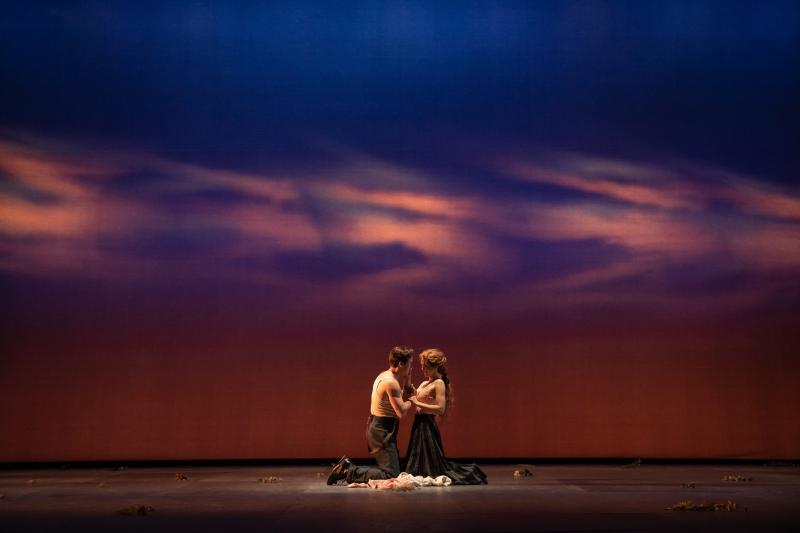
Whilst many will be familiar with Park's first novel, THE HARP IN THE SOUTH, first published in 1948, due to its inclusion in many high school English syllabus, its sequel POOR MAN'S ORANGE and prequel MISSUS are not as widely known but thankfully Mulvany has bought the three works together as she brings four generations of a working class family to the stage. Capturing the Catholic Irish immigrant experience from the small farming town of Trafalgar, somewhere in the New South Wales hinterland to the hope and promise of a better life in the city and the reality of the poverty and struggle of early 20th century Surry Hills, the heart of the story is its women and their resilience. The stories of Eny Kilker (Heather Mitchell) and her daughters Josie (Contessa Treffone) and Margaret (Rose Riley and Anita Hegh) and Margaret's daughters Roie (Rose Riley) and Dolour (Contessa Treffone) are joined by the stories of the women that helped colour life in Surry Hills, from the local Madam Delie Stock (Helen Thomson), to lodger Miss Sheily (Tara Morice), and school nuns Sister Theophilus (Lucia Mastrantone) and Sister Beatrix (Tara Morice).

Set Designer David Fleischer draws on the audience's imagination to fill out scenes in much the same way Park's novels did when first read. He gives each part of the story a simple but distinct look to take the Darcy family from the open space of rural Trafalgar, presented with a bare stage and a broad backdrop of a vast sky, to shells of terrace houses of Surry Hills, complete with peeling wallpaper and a hotchpotch of furniture and lastly a stripped back aesthetic implying a suburb undergoing change with shadows of the former two story structures remaining in the walls of the stark space. Set pieces and props are positioned with an easy choreography by the ensemble as the stories are woven with the coming together of 12 ½ Plymouth Street Surry Hills being a particularly impressive invention.

Renee Mulder artfully transforms the 18 strong cast into the 90 roles with costumes and wigs (styled by Toni Paul) that capture the changing eras and fortunes of Park's story. Going from the long skirts and trussed up stays that threaten to suffocate a young Margaret in the early 1920's to the loose and simple frocks of a Depression era and later the full skirts that were finding favor in the 1940's the times are more obvious through the women's' wear. The divide between the 'wealthy' and the working class is shown through the contrast in clothing such as the difference between Margaret, otherwise known as Missis' attire and that of wealthy business woman Delie Stock's careful coif and ever present furs. Whilst characters like Margaret and Hugh age with a transition of performers their daughter Dolour exhibits the greatest growth on stage whilst being presented by a constant performance. In order to allow Treffone to transition between the younger primary school aged Dolour to a young woman, Mulder opts for loose fitting frocks for the inquisitive youngster which make way for a figure flattering style when the younger Darcy daughter grows up and accepts a date to Luna Park.

Given the work is grounded in the Irish immigrant heritage of both Margaret and Hugh's parents, Mulvany keeps a common thread of The Last Rose Of Summer, an Irish ballad sung by the performers running through the story. It carries a mournful undertone whilst also being a reminder of Ireland as it reappears throughout the story. With additional music by The Seats and Nate Edmondson's sound design moments of joy, happiness, sorrow and pain are coloured by the soundscape. The songs on the radio help illustrate the changes in eras from the big band jazz to a fabulous female trio presented by Lucia Mastrantone, Helen Thomson and Emma Harvie at the end of Dolour's Radio contest win. Music also helps express the multiculturalism of the Hills, from Lick Jimmy's traditional Chinese song of Shanghai and Florrie's Italian love song.
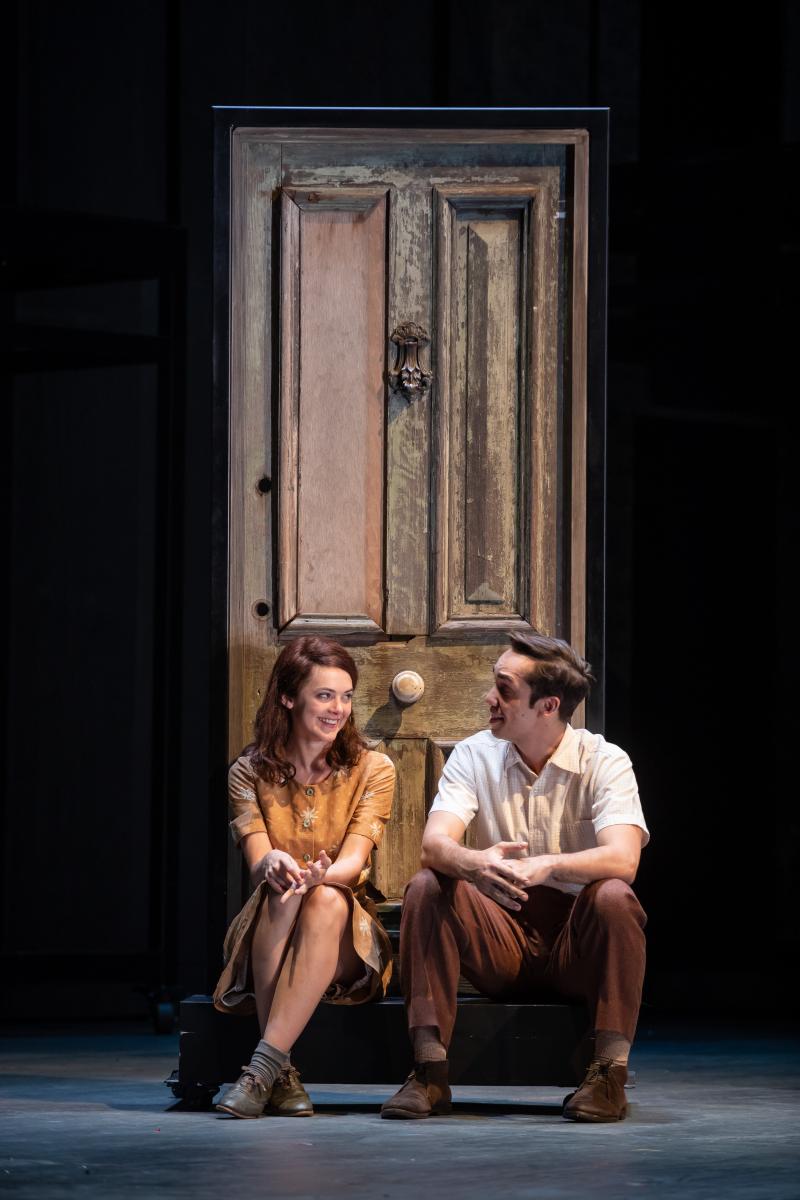
The performances in this marathon performance are fantastic with no weak links. As Margaret/Missis' formidable feisty Irish mother Eny Kilker, Heather Mitchell is a riot. Giving the old lady in crumpled stockings a steadily increasing stoop, Mitchell delivers Eny's quick witted barbs with a deliciously thick Irish accent and a cheeky smirk she observes the world around her with a keen eye, from her sanctimonious sister's protestations that she's being respectable as the priest's housekeeper to reminding Margaret that as high and toffy Miss Sheily tries to make out she is, her honorific indicates she's not really as proper as she pretends.

Rose Riley is the first to fit into Margaret's shoes in what would be the equivalent of MISSIS, as a young woman wanting freedom but being constrained by society and the expectation that she had better accept the advances of the incredibly dull Herb Lennon since no other suitable options are available. Riley ensures that the young Margaret is seen as bright, optimistic and the picture of a perfect farmer's daughter whilst having a streak of rebellion about her. Transitioning in to an older world weary mother, Anita Hegh takes over the role as the story transitions into THE HARP IN THE SOUTH. Hegh captures the older woman's struggle to keep her family together on a shoestring, battling with a recalcitrant oven and a cramped house filled with bed bugs and boarders. Despite everything that life dishes out to her, Margaret still has an optimism about her but Hegh ensures that the bleak reality of Margaret's life, the failed promise, is clear. Her expression of the perpetual search for a long lost son is heartbreaking as a reminder of the way life is forced to continue with unanswered questions and at that stage, there being no help for the psychological trauma that hangs over her like a constant shadow.
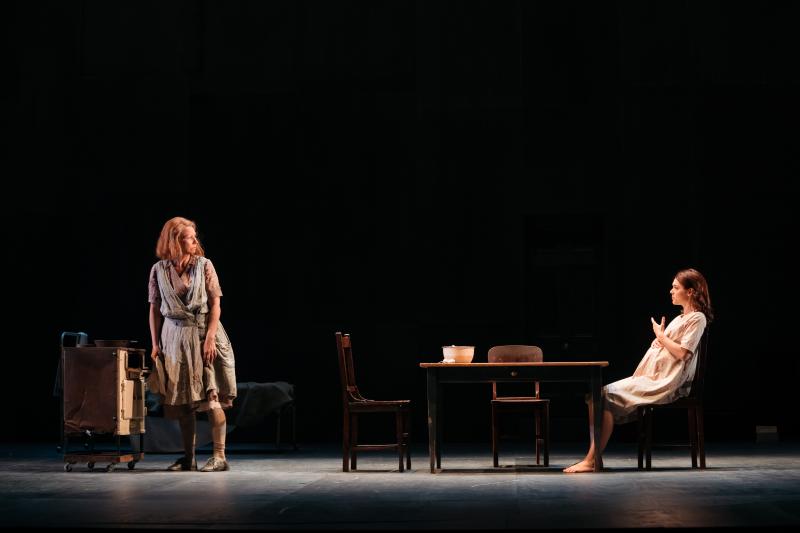
In addition to presenting the younger Margaret, Riley also presents Margaret's eldest daughter Roie, the more subdued 'good girl' of the Darcy girls. Riley gives Roie an innocence of a good catholic girl which makes the things that happen to her even more horrific. The doubling of the actor also carries the sense that Roie is very much like her mother in her sensibilities, wanting someone to love and settle down with but also the rebellion of choosing a partner that doesn't necessarily fit the mold of what her mother would like for her.
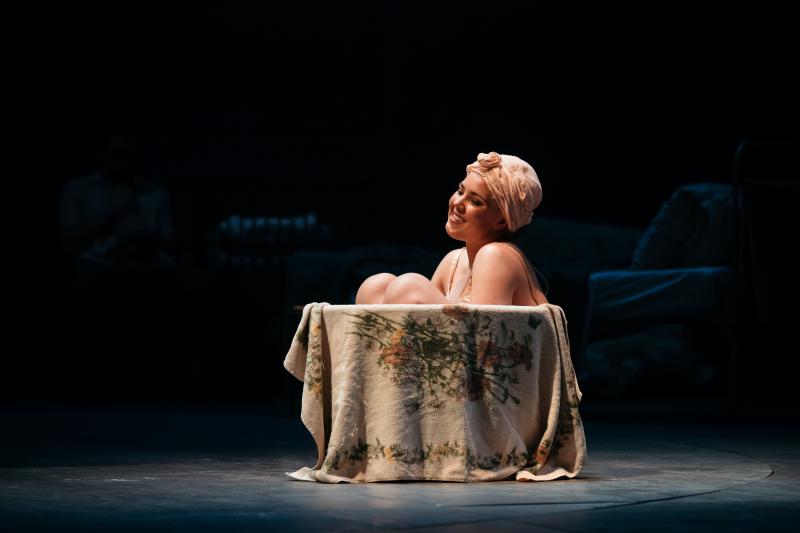
Whilst Contessa Treffone presents Margaret's teasing pain of a sister Josie, her key performance is as Dolour Darcy. She captures the smart sassy kid with a brilliant broad Australian expression of a scrappy little schoolgirl who knows she's as good as the kids from the posh schools, if only she were given the chance to shine. For many, Dolour was probably the main character they connected with whilst reading the books and Treffone does not disappoint. She ensures that Dolour is seen as the progressive force of the family as she befriends the Asian grocer Lick Jimmy whilst her mother would prefer her potatoes come from Paddy's markets, and she shuns the idea of settling down with a husband and children in favor of wanting an education and a career. As she grows up and sees the horrors of society that treats women like objects Mulvany has given Dolour the key monologue that captures the young woman's understanding of what women endure and Treffone delivers it with captivating gravity.

Of the women outside of the family, Helen Thomson is fabulous as the gutsy entrepreneur, local Madam, Delie Stock, fashioned after the infamous Tilly Devine. Physically imposing as she saunters into any scene, Thomson also gives the philanthropic sinner a brilliantly down to earth expression in her speech pattern that ensures that despite her fancy clothes and sinister undertone, she has an endearing aspect to her character. Lucia Matrantone is delightful as the fussing and perpetually perky Sister Theophilus whilst Tara Morice ensures that Miss Sheily seems like she's sucked on a lemon as she scolds her way through life.

As with Margaret, Hugh Darcy is also presented by two performers, starting with Ben O'Toole as the younger man protecting his lame brother Jer (Guy Simon) as they try to make their way in the world before he falls in love. O'Toole captures Hugh's optimism as the young farmer, seen as unsuitable by Margaret's mother, seeks love and success in the big city. As the story jumps to the of reality of Surry Hills in the 30's, Jack Finsterer steps into the shoes of a father harboring the hope and guilt of leaving a brother behind. He lets Hugh evolve from what seems to be a family man still interested in his wife and children to one lost, drowning his life in booze with the continued friendly rivalry with his lodger Patrick Diamond being his main source of friendship and his spiral into squandering what little money the family has on the belief that a prostitute can be a mistress.

The other key male character comes in the form of Roie's beau and later husband Charlie Rothe, presented with wonderful sensitivity by Guy Simon. Simon ensures the audience gets to see an essentially good man with his portrayal of the devoted Charlie who manages to rise above Margaret's issues with the colour of his skin to stay by Roie's side. Whilst his story is progressed at a faster rate due to the structure of Part Two, Simon ensures that whilst Charlie does falter he is seen as an essentially good man who can see the error of his ways that came out of the depression of loosing his wife in childbirth.
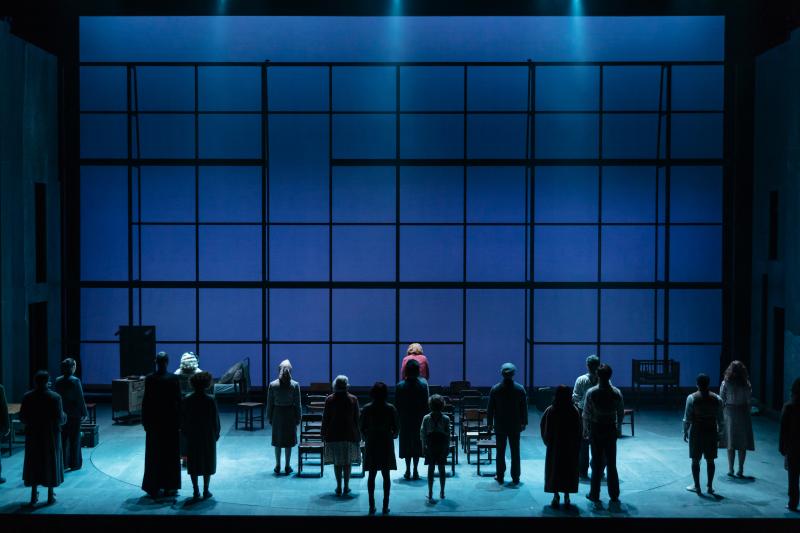
This production is gritty, raw and incredibly honest but also amazingly beautiful in its expression of hope beneath the grime and pain. Williams doesn't hold back on his expression of both confronting events but also the joyous moments. Big ensemble scenes are filled with incredible detail, from the country fair filled with cake stalls and carnival atmosphere to the New Years Eve bonfire that lights up the stage (and no doubt warms the front rows). Intimate moments are presented with often graphic expression whilst other scenes utilize a poetic symbolism with a melancholy repeated motif. Fuelled by Mulvany's adaptation, Williams doesn't hold back on the gravity of violence to ensure that gravity of the action is felt, refusing to let important issues slide. He balances this with the tenderness of moments, particularly when characters grow emotionally.

THE HARP IN THE SOUTH: PART ONE AND TWO is a captivating theatrical experience. Whilst it presents a window into the past it holds a relevance to contemporary society. Communities are threatened with being removed as redevelopment occurs and gentrification takes over. Women are still abused and assaulted both mentally and physically. Women are still presented with the notion that they should be getting married and having children. Women are still labeled for their actions whilst men get away with their behavior. Racial stereotypes and prejudices still exist and new sectors of the community are feared as immigration comes from new regions. If you've read any of the books, go see this. If you haven't read any of the books go see this. If you know Sydney well, go see this. If you don't know Sydney well, go see this. Whilst it is advertised that the works could be seen separately, it is well worth seeing them together and many would agree, even with the 6 hours length, much of the audience would have been prepared to sit and share in the Darcy's story for much longer.
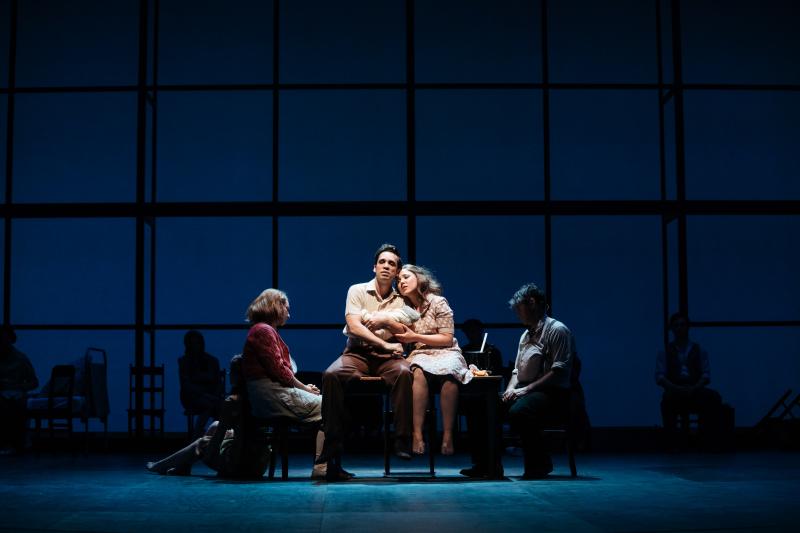
THE HARP IN THE SOUTH: PART ONE AND TWO
Roslyn Packer Theatre
https://www.sydneytheatre.com.au/whats-on/productions/2018/the-harp-in-the-south
Comments

Videos

